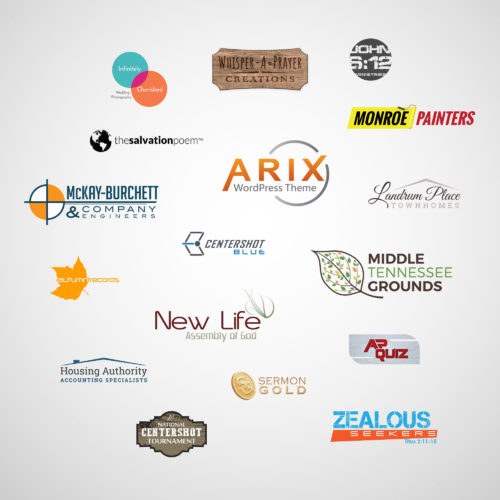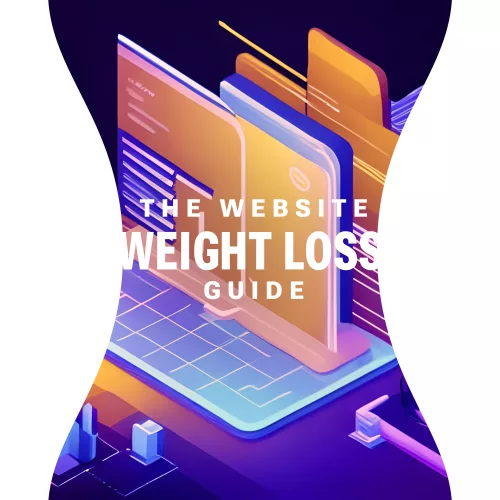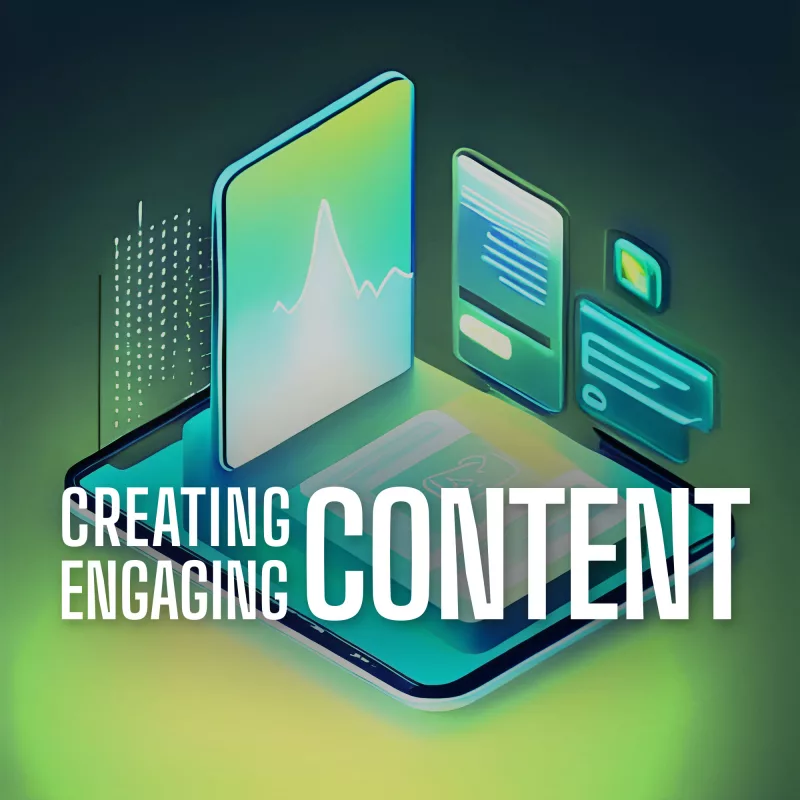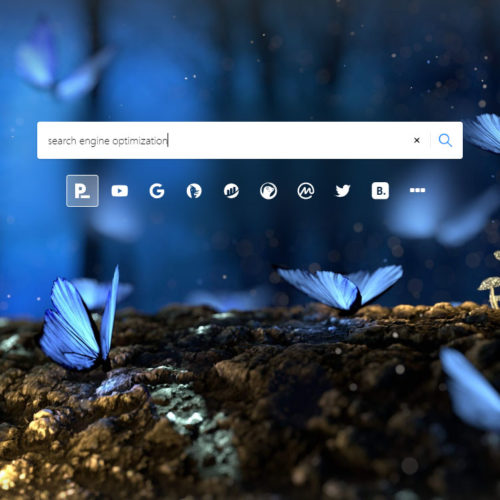
In today’s fiercely competitive business landscape, developing a strong brand image and personality is more important than ever. A brand’s identity goes far beyond just a name and logo – it encompasses the essence of what the business stands for and how it is perceived by customers. A well-defined brand image and personality have the power to differentiate businesses from their competitors and forge a deep emotional connection with their target audience.
When customers interact with a brand, they form perceptions and associations based on various elements, including visual identity, messaging, values, and overall experience. These elements collectively shape the brand’s image and personality. A carefully crafted brand image can convey professionalism, trustworthiness, innovation, or any other desired attribute that resonates with the target market.
A strong brand personality humanizes the business and allows customers to relate to it on a personal level. It creates a distinct voice, tone, and character that set the brand apart and make it memorable. By developing a brand personality, businesses can infuse their communication with authenticity, charm, and relatability, fostering deeper connections and customer loyalty.
What Does it Mean to Have a Brand Image and Personality?
Brand Image: At its core, brand image refers to the overall impression and perception customers have of a brand. It is the collective result of various elements such as the brand’s visual identity, messaging, reputation, and customer experiences. A strong brand image effectively communicates the values, qualities, and unique attributes that distinguish a business from its competitors. It sets the tone for customer interactions and forms the foundation for building brand loyalty.
Brand Personality: Brand personality is the distinctive character and identity that a brand assumes, akin to a human personality. It humanizes the brand, making it relatable and enabling customers to form emotional connections. Just like individuals have different personalities, brands can have their own unique personality traits that align with their target audience. These traits can be communicated through the brand’s tone of voice, messaging style, and visual elements. For example, a brand may be seen as friendly, authoritative, playful, or sophisticated, based on the personality traits it embodies.
To develop a compelling brand image and personality, businesses need to consider several key elements. First, defining the brand’s core values is essential. These values represent what the brand stands for and guide its actions and decisions. Aligning the brand’s values with those of its target audience can help a business establish a deeper connection and build trust.
The brand’s tone of voice is another aspect of its personality. It encompasses the language, style, and attitude used in brand communications. A friendly and conversational tone may appeal to a younger audience, while a professional and authoritative tone may be more suitable for a business targeting a corporate clientele. Consistency in tone of voice across all brand touchpoints reinforces the brand’s personality and enhances brand recognition.
Visual identity also plays a significant role in shaping brand image and personality. Elements such as logos, color palettes, typography, and imagery contribute to the overall visual representation of the brand. Consistency in visual branding fosters recognition and helps convey the brand’s personality visually.
Identifying Your Target Audience
Understanding your target audience is significant because it allows you to create a brand identity that aligns with their preferences and needs. It enables you to speak directly to their interests and desires, increasing the likelihood of establishing a meaningful connection. By catering to their specific demographics, such as age, gender, location, and income level, you can develop a brand image that appeals directly to their unique characteristics.
Psychographics, on the other hand, delve into the psychological and emotional aspects of your audience. This includes their attitudes, beliefs, values, and lifestyle choices. Uncovering their motivations, challenges, and aspirations can help you shape your brand personality to align with their desires and create a more authentic connection.
Conducting thorough market research is key to gaining this valuable knowledge about your target audience. Surveys, interviews, and online research can provide a wealth of information about their preferences, behaviors, and pain points. Analyzing data from social media platforms, website analytics, and market research reports can also uncover patterns and trends that further refine your understanding of your audience.
Defining and Refining Your Brand Identity
A strong and distinctive brand identity is the foundation of a successful business. It goes beyond just a logo or a catchy tagline—it encompasses the core values, mission, and unique characteristics that set your brand apart from competitors.
Core Values
To begin, it’s essential to establish your brand’s core values. These are the fundamental beliefs and principles that guide your business and shape its identity. Core values serve as the compass that steers your brand’s decisions, actions, and interactions. Think about what your brand stands for—whether it’s innovation, sustainability, authenticity, or any other values that align with your mission and resonate with your audience. These values become the pillars upon which your brand identity is built.
Mission Statement
Crafting a compelling mission statement is the next step in defining your brand identity. A mission statement encapsulates your brand’s purpose and why it exists. It communicates the impact you aim to make and the value you bring to your customers. A well-crafted mission statement reflects your brand’s passion, vision, and commitment to delivering exceptional products or services. It should be concise, memorable, and aligned with the needs and aspirations of your target audience.
Defining your brand identity is not only about articulating it internally but also about effectively communicating it to your target audience. Ensure that your brand’s visual elements, such as logo, color palette, typography, and imagery, reflect and reinforce your brand identity. Consistency in tone of voice, messaging, and customer interactions also helps to build a cohesive brand image that resonates with your audience.
Developing Visual Brand Elements
Visual brand elements play a deep role in shaping your brand’s image and creating a lasting impression on your audience. They are the tangible elements that visually represent your brand and communicate its personality. When developing your brand’s visual identity, there are several key components to consider:
- Designing a memorable logo: Your logo is the face of your brand and often the first thing people associate with your business. It should be distinctive, memorable, and reflect your brand’s personality. A well-designed logo captures the essence of your brand and communicates its values, positioning, and uniqueness. Ensure that it is visually appealing, versatile, and scalable across different platforms and mediums.
- Choosing an appropriate color palette: Colors have a powerful impact on human emotions and perceptions. When selecting a color palette for your brand, consider the emotions and associations you want to evoke. Each color has its own meaning and symbolism, so choose colors that align with your brand’s personality and resonate with your target audience. A harmonious color palette not only enhances brand recognition but also conveys a consistent and cohesive brand image.
- Selecting typography: Typography plays a vital role in conveying your brand’s voice and tone. Choose fonts that align with your brand’s personality and are legible across various platforms and devices. Consider pairing different font styles to create a visual hierarchy and evoke specific emotions. The typography you choose should be consistent with your brand identity and reinforce the overall message you want to convey.
- Incorporating relevant imagery: Images and visuals add depth and personality to your brand. They evoke emotions, tell stories, and capture attention. Choose imagery that aligns with your brand’s values, target audience, and messaging. Whether it’s original photography, illustrations, or curated visuals, ensure that they are high-quality, relevant, and consistent with your brand identity. Visual consistency helps establish a cohesive brand experience across different touchpoints.
When developing your brand’s visual elements, it’s important to strike a balance between creativity and consistency. Your visual identity should be unique and captivating, while also aligning with your brand’s personality and resonating with your target audience. Consistency in design elements across your website, social media profiles, marketing materials, and other touchpoints is key to creating a cohesive and recognizable brand image.
Crafting Your Brand’s Tone of Voice
Your brand’s tone of voice is the way you communicate and express your brand’s personality through written and spoken language. It plays a crucial role in establishing a strong and consistent brand image, connecting with your target audience, and differentiating your brand from competitors.
To effectively craft your brand’s tone of voice, it’s essential to have a deep understanding of your target audience. Research their demographics, values, preferences, and communication styles. Consider their language preferences, the level of formality they respond to, and the emotions and aspirations that resonate with them. This understanding will help you tailor your brand messaging to effectively engage and connect with your audience.
Consistency is vital in maintaining a strong and recognizable brand image. Establish guidelines for your brand’s tone of voice to ensure consistent messaging across various marketing channels. Define the key attributes that reflect your brand’s personality, such as friendly, authoritative, playful, or professional. Consider creating a brand style guide that outlines specific dos and don’ts, preferred vocabulary, sentence structures, and grammar rules. This guide will serve as a reference for anyone creating content or communicating on behalf of your brand.
Additionally, consider these tips to further enhance your brand’s tone of voice:
- Be authentic: Let your brand’s personality shine through in your communication. Be true to your brand values and avoid sounding generic or overly promotional. Authenticity builds trust and fosters meaningful connections with your audience.
- Use storytelling: Storytelling is a powerful tool for engaging your audience and conveying your brand’s values and purpose. Incorporate storytelling elements into your brand messaging to create emotional connections and make your content more relatable.
- Adapt to different channels: Your tone of voice should be adaptable to different marketing channels, including your website, social media, email marketing, and customer support. Tailor your messaging to suit each platform while maintaining consistency in the overall brand personality.
- Listen to feedback: Pay attention to how your audience responds to your brand’s tone of voice. Monitor feedback, comments, and conversations to understand what resonates with your audience and make adjustments if necessary.
Evoking Emotions through Brand Storytelling
Storytelling is a powerful tool for capturing the hearts and minds of customers. By harnessing the innate human love for stories, brands can create emotional connections that go beyond mere transactions. Effective brand storytelling allows you to engage, inspire, and leave a lasting impact on your audience. Here’s how you can incorporate storytelling into your brand’s communication strategy:
- Identify Your Brand Narrative: Start by understanding the essence of your brand and what makes it unique. Uncover the stories behind your brand’s founding, its values, and its journey. These stories form the foundation of your brand narrative, providing a compelling backdrop that resonates with your target audience.
- Connect on an Emotional Level: Successful brand storytelling goes beyond facts and figures; it taps into emotions. Craft stories that evoke emotions aligned with your brand identity and values. Whether it’s joy, nostalgia, empathy, or inspiration, the key is to create an emotional connection with your audience. Think about how your brand’s story can evoke those emotions and align them with the aspirations and desires of your target audience.
- Show, Don’t Just Tell: Bring your brand’s story to life through visuals, multimedia, and immersive experiences. Consider using videos, images, and interactive content to engage your audience and make your brand story more memorable. Visual elements can amplify the emotional impact of your storytelling and create a deeper connection with your audience.
- Make Your Audience the Hero: A powerful storytelling technique involves making your audience the hero of the story. Position your brand as the guide or mentor that helps your audience overcome challenges and achieve their goals. By putting your audience at the center of the narrative, you empower them and create a sense of personal relevance.
- Consistency and Authenticity: Ensure that your brand storytelling aligns with your overall brand identity and remains consistent across all channels. Authenticity is key – your audience should feel a genuine connection with your brand’s story. Avoid clichés or contrived narratives and strive for a genuine, honest portrayal of your brand’s values and journey.
- Engage and Involve Your Audience: Encourage user-generated content and invite your audience to share their own stories related to your brand. This not only fosters a sense of community but also adds depth and diversity to your brand narrative.
Conclusion
Developing a strong brand image and personality is a continuous journey that requires ongoing tracking, evaluation, and adaptation. As your brand evolves, it’s essential to monitor its performance and make adjustments based on customer feedback, market trends, and emerging opportunities.
Regularly track key performance indicators related to your brand’s perception, customer engagement, and overall business growth. Analyze metrics such as brand recognition, customer satisfaction, social media engagement, website traffic, and sales. This data will provide valuable insights into how your brand image and personality are perceived and how they impact your bottom line.
Developing a compelling brand image and personality is a key driver of success in today’s competitive business landscape. Track your brand’s performance and be willing to adapt to ensure your brand remains relevant and resonates with your audience. With dedication and a thoughtful approach, your brand has the potential to make a lasting impression and drive business success.

















